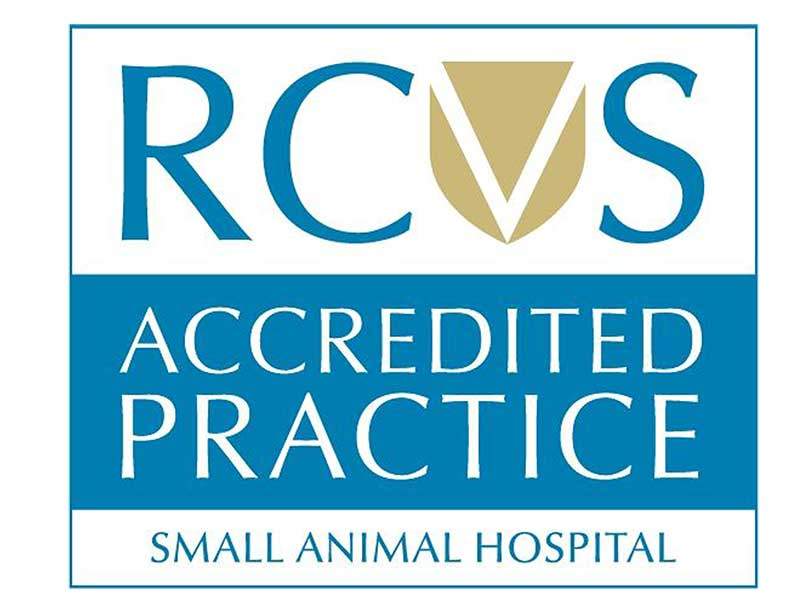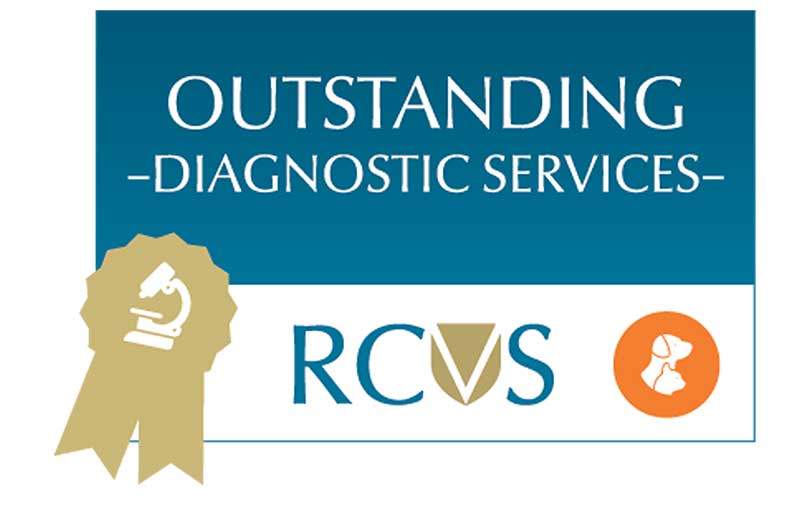TECA surgery, total ear canal ablation surgery, is indicated in extreme cases of chronic ear canal and middle ear infection and inflammation, where other forms of medical intervention, such as repeated antibiotics have failed. Chronic ear disease can be extremely distressing for a dog or cat, and total ear canal ablation can help to restore quality of life. Total ear canal ablation is a complex surgical procedure, which needs to be carried out by an experienced and knowledgeable surgeon.
Ear Anatomy in Cats and Dogs
The anatomy of the ear contributes to the occurrence of ear canal and middle ear disease in dogs and cats. The visible part of the ear is known as the pinna, which is unaffected by the TECA procedure. This leads into the ear canal, which consists of a vertical ear canal and a horizontal ear canal, running down into the middle ear, the tympanic bulla. The eardrum is contained in this chamber. The inner ear, otherwise known as the hearing organ, sits above the middle ear. Infection can occur within the ear canal and run down into the middle ear. If the ear canal closes due to inflammation of the delicate skin, the infection can become trapped in the middle ear.
Indications for TECA – Total Ear Canal Ablation Surgery
Total ear canal ablation is indicated when other treatments have failed. TECA is used for repeated ear infections that are unresponsive to medications, where the ear canal has narrowed due to persistent infection, after failed ear canal surgery, or where tumours are present in the ear. TECA is used after other forms of treatment have proved unsuccessful. Many dogs and cats respond well to standard treatment procedures for ear canal or middle ear infections.
Preparing for TECA Surgery
A dog or cat presenting for possible TECA treatment will have painful ears, which makes examination difficult. It is best to examine the patient under sedation or anaesthetic to assess the ear condition and advise on the best surgical approach. Whilst proceeding directly from examination to surgery is possible, we like to spend time discussing the surgical options with clients before carrying out TECA treatment. Our surgical team are extremely competent and will explain all the steps to you before we proceed with surgery.
The TECA Surgical Procedure
The TECA procedure involves removing the ear canal, as well as part of the wall of the middle ear. The eardrum and inner ear, as well as the outer ear, are left untouched. The removal of the ear canal is the best way to proceed with persistent and repeated infections, as you are ultimately removing the problem. Whilst this will alter your pet’s hearing, reports from owners show minimal change post-operatively. A dog who has been living with an infected and inflammed ear canal will already have a reduced hearing capacity, so the removal of the ear canal will not affect him as much as one might expect.
Recovery and Postoperative Care
TECA is major surgery, and it is very important that the dog or cat receives good care and that all the advice is followed. An Elizabeth collar will need to be worn to protect the ear after surgery. Your dog may be sent home with an ear drain still present, and we will explain precisely how to care for your dog in this situation. Your dog will be sent home with antibiotics and painkillers, and we will explain the dosing rates clearly. All animals will need to rest after major surgery, so ensure that your dog can rest without being bothered by other pets or children. You know your dog, and you must contact us if you have any queries or doubts about their recovery.
Potential Complications and Risks
All surgery carries risk, but the TECA procedure has a high success rate, which in most cases more than outweighs any possible risk. The risks will be explained thoroughly to you at your initial consultation. Complications that may occur include; paralysis of the facial muscles, normally temporary, due to bruising of the nerves around the ear, and vestibular syndrome, where the balance of the dog is affected due to damage to the organ responsible for balance, which is situated by the hearing organ. Bleeding and wound infection can occur, but our surgical experience substantially reduces the risk of these occurring. Sometimes the TECA procedure can alter the outer appearance of the ear, and it may no longer be erect but may fold over.
Benefits of TECA Surgery
Carrying out the TECA procedure can restore your pet’s quality of life. Ear canal infections and inflammation are extremely painful and can be very distressing for both the pet and their owner. A successful TECA procedure can give your pet many years of a happy life. Whilst there can be some reduction in hearing, this is more than outweighed by the reduction in pain, and distress felt by the pet due to repeated ear canal infections.
Case Studies and Success Stories
Surgery can seem drastic, however, TECA surgery has an excellent success rate, with more than 90% of owners reporting an improvement in their pet’s quality of life. Pet owners can have concerns about the loss of hearing following this surgery, however, the damage to the ear canal and middle ear prior to the surgery will have already affected the hearing, so the change is generally not as noticeable as one might expect. Reading about how other pets have benefited from this ear canal surgery can help, click here to read Bella’s success story.
TECA Procedure from the Team at Northwest Referrals
Here at Northwest Referrals, we pride ourselves on the high quality of care and surgical expertise that we bring to our surgery. We hold the health and happiness of the pets that we treat at the heart of all that we do, helping with the treatment of complex conditions, such as chronic ear canal or middle ear infections, and improving the quality of life for the animals under our care. We accept referrals from veterinary practices, as well as direct from pet owners. If you want to learn more about our surgical experience, or referral process, please visit our soft tissue surgery page, or call our experienced and helpful team on 01942 242001.




